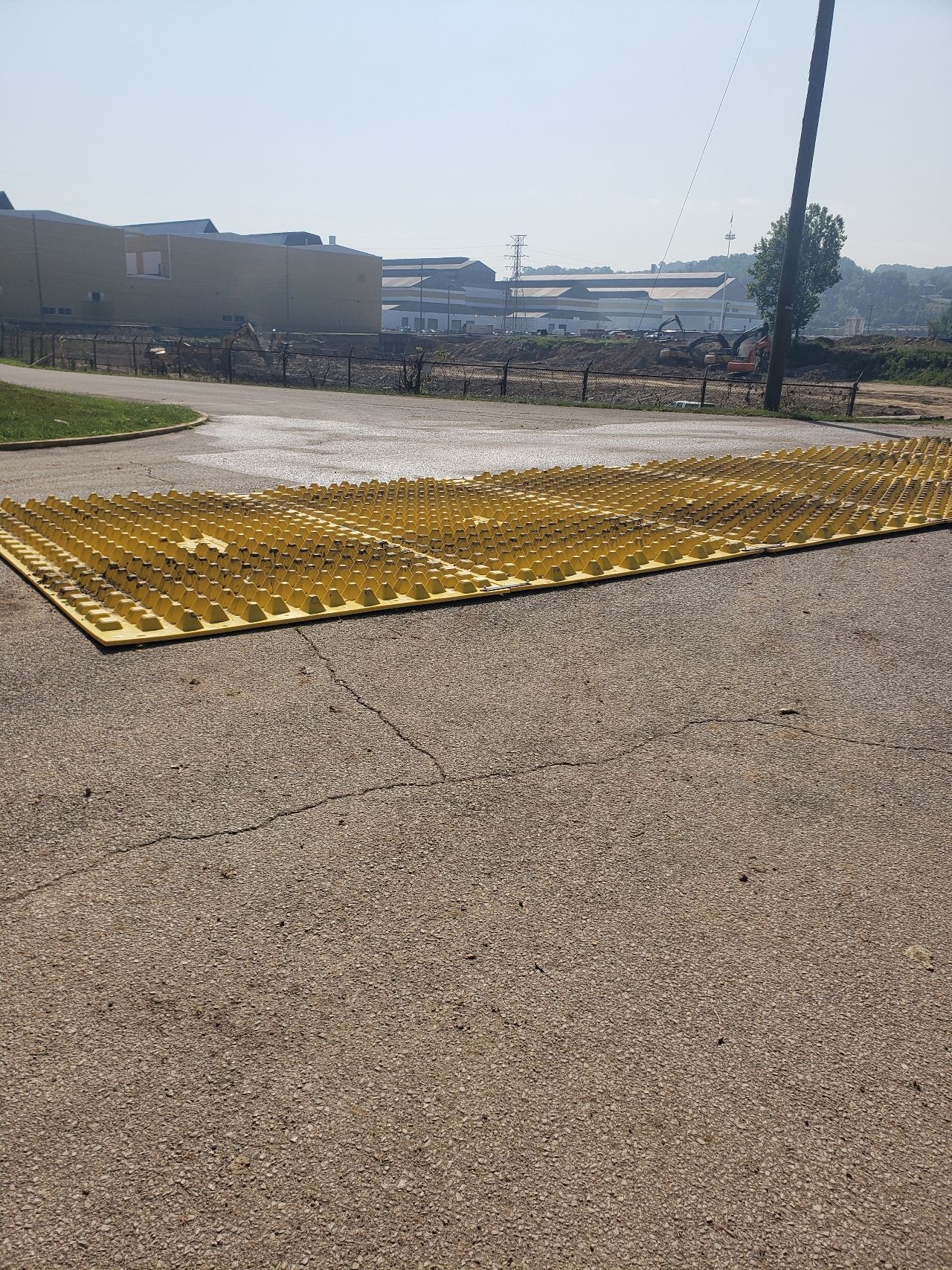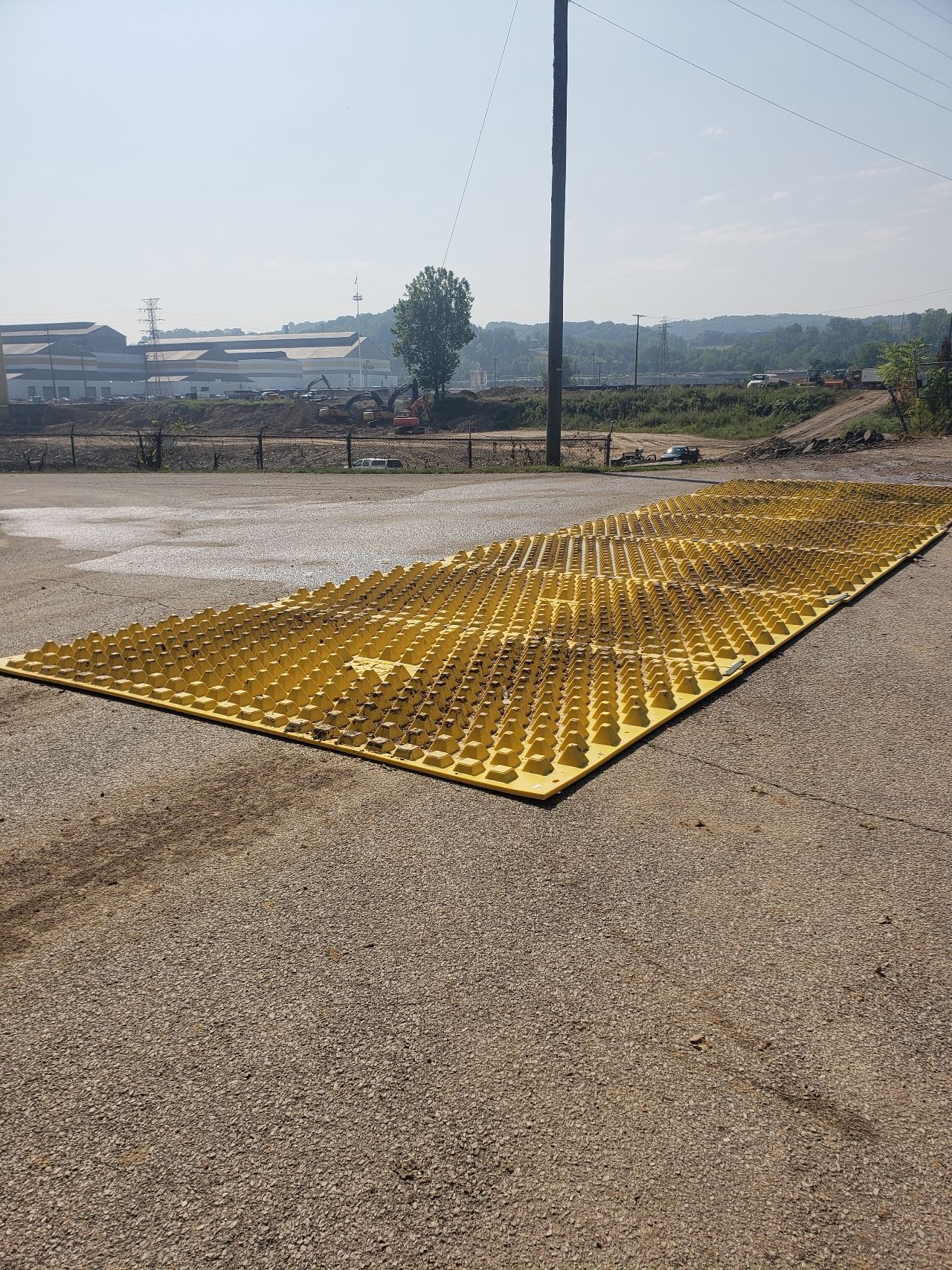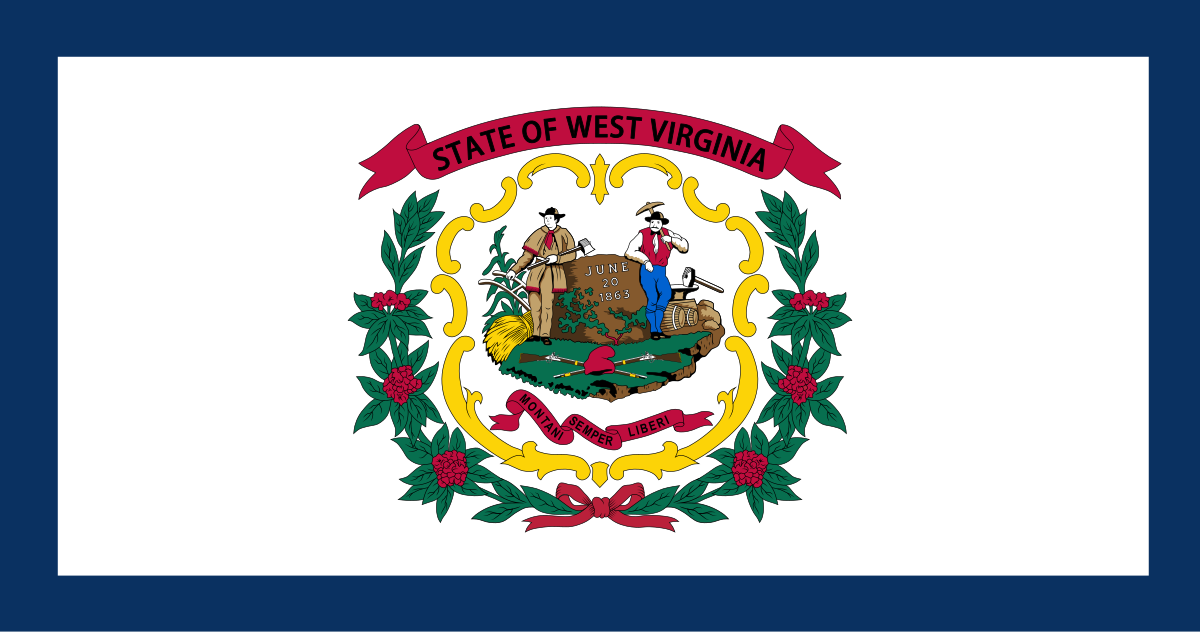West Virginia Stabilized Construction Entrance BMP
Bordered on the east by the Blue Ridge Mountains in the Appalachian range, the state of West Virginia is filled with natural beauty. Summersville Lake, the largest lake in West Virginia, is stocked with fish and provides water-based recreation to the state's 1.8 million residents.
West Virginia DEP Stormwater Permits
To protect the state's natural resources, the West Virginia Department of Environmental Protection (WVDEP) administers the West Virginia NPDES (WVNPDES) program under the federal Clean Water Act. The program requires all operators to obtain a permit before discharging into surface waters, including rivers and lakes, or into storm drain systems that flow to those waters.
All construction projects that disturb one acre or more, or that are part of a larger common plan of development that will ultimately disturb one acre or more, are required to obtain coverage under the WVNPDES Construction Stormwater General Permit. The stormwater permit application process involves developing a Stormwater Pollution Prevention Plan (SWPPP). The SWPPP includes a description of potential pollution sources on the job site and outlines Best Management Practices (BMPs) to mitigate pollution and sedimentation.
The West Virginia DEP produces the Erosion and Sediment Control Best Management Practice Manual, which is designed to assist contractors and engineers in selecting BMPs and creating SWPPPs for each project. The Manual provides technical details and maintenance schedules for a wide range of BMPs and includes alternative techniques to consider when additional protections are needed.
Section 3.02 of the Erosion and Sediment Control Best Management Practice Manual (WVDEP) provides details about the Stabilized Construction Entrance, which is one of the first BMPs to be installed on any project.
Stabilized Construction Entrance
Sediment deposited on paved roadways can be washed into storm drains and into rivers and lakes, causing damage to aquatic ecosystems. Contractors implement measures to prevent sediment and debris from tracking onto public rights-of-way. The stabilized construction entrance is designed to avoid sediment and debris from tracking off the job site on vehicle tires by creating a designated area for tire cleaning as vehicles leave the site. The traditional method for producing a stabilized construction entrance and reducing sediment transport is to install a stone-stabilized pad.
A typical stone-stabilized construction entrance is shown in Figure 3.02.1 of the WVDEP Erosion and Sediment Control BMP Manual. The entrance must be at least 70 feet long, a minimum of 12 feet wide (or the full width of the ingress/egress route), and installed to a minimum depth of 6 inches. The area is lined with filter cloth (geotextile) and filled with coarse aggregate. The detail also requires positive drainage to a sediment trapping device and minimum 10-foot tapers where the entrance meets existing pavement.
These traditional stone-stabilized pads will require maintenance as the job progresses. As rocks become compacted and filled with sediment, they can no longer effectively agitate the tires of vehicles. Maintaining the entrance involves top dressing the stone pad with additional aggregate to restore performance. The entrance should be inspected daily, but may be inspected weekly at a minimum, and after every rain event exceeding 0.5 inches.
If the stone-stabilized pad is not adequately preventing vehicle trackout and sediment from entering the roadways, a wheel-washing station may be installed to mitigate this issue. The washing station must be constructed over a stone pad and drain into an appropriate sediment trap to prevent runoff from leaving the site.
Regardless of which BMP is chosen to prevent vehicle tracking, any sediment deposited in the roadway must be removed immediately. The roads can be cleaned using a sweeper, vacuum, or manually, but operators should not introduce water to clean the streets.
FODS Reusable Stabilized Construction Entrance System
The FODS Trackout Control Mats are an effective, reusable BMP designed to address the challenges associated with traditional construction entrance BMPs. The system consists of a single-layer HDPE mat with pyramid-shaped structures formed on its surface. The points of the pyramids agitate and flex vehicle tires and allow trapped debris to break loose and fall to the base of the mat.

Compared to traditional rock entrances, the FODS system will not degrade after heavy traffic. When an effective trackout control solution is needed, FODS can be installed without introducing the water and power requirements that would be required with a wheel wash station. The system can also be relocated and reused throughout each phase of the project, offering significant savings to contractors over the product's 10+ year service life.
The system is highly effective at removing sediment from vehicle tires, and has been demonstrated to reduce street sweeping by 59% on high-volume sites. Because the system is more effective than traditional aggregate stabilized entrances, a 5 mat layout (35' in length) is commonly used as an alternative for 70' stone stabilized pad construction entrances.
Vehicle tires drive on the tops of the pyramids, and the system can hold up to 2.5" of sediment at the base of the pyramids before coming into contact with vehicle tires. Maintenance of the FODS Trackout Control Mats is completed by sweeping the debris off the mats. Sweeping is most commonly performed using a skid steer with a broom attachment, but can also be completed manually using a FODS shovel.
West Virginia DOT Approval of FODS
The West Virginia Department of Transportation recognizes manufactured trackout control devices as an acceptable alternative to traditional stone-stabilized construction entrances. FODS Trackout Control Mats fall under this category and are approved for use on WV DOT projects when installed according to manufacturer recommendations. Because the system provides a durable, consistent, and low-maintenance stabilized construction entrance, contractors in West Virginia can confidently use FODS to meet trackout control requirements on state projects.
Additional Resources:
West Virginia DEP Stormwater Program

